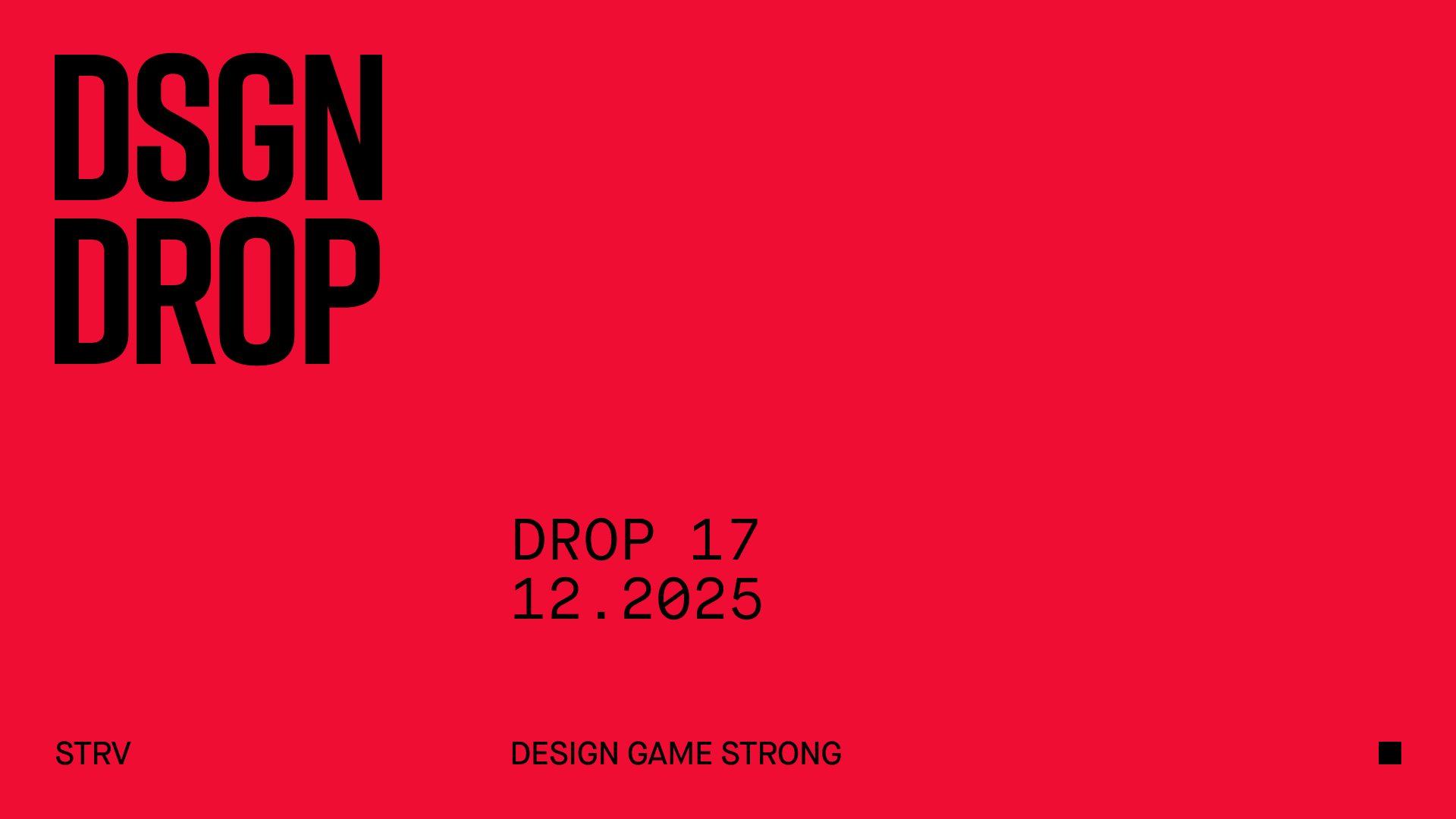When you only have a few days to test a simple app or website, then it’s best to use an exploratory approach, at least from our experience. It is not necessary to waste time writing test scenarios. Instead, the exploratory approach stipulates that you just start testing and report your results accordingly. How to properly record and report your test efforts, however, can be tricky.
That’s where SBTM comes in handy. It’s a great way for testers to compile orderly reports and organize their work without disrupting the exploratory testing process. Not only does it provide a way to record and report test efforts, but it also helps you organize your work and focus on what’s important.
The whole trick to it is to divide testing into multiple sessions. It can be challenging, but you will quickly establish a rhythm about how to test and record results using SBTM.
It may be hard to maintain your notes (“session reports”) during the first month or two. But don’t let yourself fall behind. It is best to start making notes before each testing session commences. This will help you improve. First, outline what you are going to test, and then divide the tasks into separate sessions. Focus on completing just one goal (“charter”) per session. Whenever you get off track, pause and make a few quick notes before continuing. Input your results in real-time into the prepared session reports. This approach will likely enhance your in-depth testing skills, as you will be focused on one feature at a time instead of jumping around the app at random.
Concentrating on one feature for a set amount of time offers a more refined approach than if you try to test everything at once. Needless to say, testing everything at once is sloppy and will inevidently lead to oversights. You will want to move from one area to another as quickly as possible and may fail to think of additional valuable tests to perform in the area you are currently focusing on. To that end, your testing might only scratch the surface. You might think you have lots to cover in a short amount of time, so you jump from one task to another without thoroughly covering each one, forcing you to go back and repeat tasks under an even greater time crunch. This is never a good thing, and multi-tasking is not the answer.
To be accountable for your testing, you need to keep track of your efforts. When using exploratory testing, your notes are the best way to record your progress. Even if your company or client gives your final testing report only a cursory glance, it’s beneficial to use SBTM to record and report your testing efforts, as you might be asked to prove something later on down the line, and your notes will help back up your decision-making process.
SBTM comes with its own note template. You put your information into unified reports (“notes”), and when you finish all your reports, you put them in one folder. You then start a script and create a final testing report. The report will cover, among other things, the areas tested, a list of the issues found and in what areas they were found, builds, the strategy used for each charter and how much time was spent on testing the app.
SBTM is very easy to use and to practice. It will save you time by compiling simple-looking and in-depth test reports. You don’t even have to use its session reports. You can modify SBTM to fit your needs and whatever tools you are using. And the best part? It’s free.






